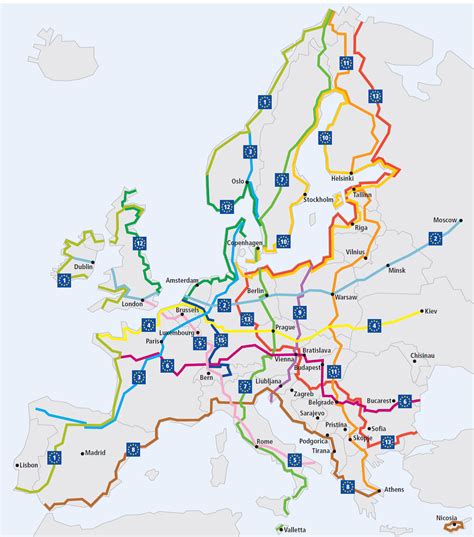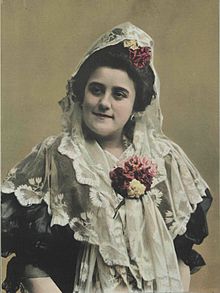Monthly Archives: January 2022
Janette Sadik-Khan Visits 34th Ave!
EuroVelo
Imagine bike lines to ride throughout European countries, from north to south, from east to west. This awesome idea is EuroVelo. EuroVelo improves European cycle tourism among countries. Indeed, one can cycle from one point to another just enjoying the landscape and cities you encounter in your path. EuroVelo is a project of the European Cyclist’ Federation. When completed, the EuroVelo network’s total length will almost be 90,000 km (55,923 mi). The routes are made of both existing national bike routes as well as existing general purpose roads. In addition, there are new stretches of cycle routes to connect them.
EuroVelo routes do not look for fast cycling, rather they are appropriate for relaxing pedaling while imbuing with the essence of the places you visit. All the routes are appropriate to bikes, but you should be prepared in case of bad weather. Moreover, you can book routes in the EuroVelo web with important information such as route duration, difficulty, elevation, tour type or suitable types of bicycles.
There are nineteen international routes in EuroVelo: Atlantic Coast route, Capitals route, Pilgrims route, Central Europe route, Via Romea (Francigena), Atlantic-Black sea route, Sun route, Mediterranean route, Baltic – Adriatic route, Baltic sea cycle route, East Europe route, North sea Cycle route, Iron Curtain Trail route, Waters of Central Europe route, Rhine cycle route, Rhone cycle route and Meuse cycle route. Each and every route offers bikers a myriad of possibilities to know new cultures, cuisine, monuments, nature, people, museums, castles, you name it. Just get inspired.

Fixing a flat tire the lazy way
Barcelona Superblocks in Sixty Seconds
Rosario Pino
Rosario Pino (1870-1933) was a bike pioneer in Spain at the end of the 19th century. She worked as actress and first appeared in a painting in the magazine El deporte velocipédico (The Velocipede Sport, a velocipede was a type of 19th-bicycle) in February 1896. At that time, bicycles were expensive devices that only high-class people, mainly men, could afford it.
Her image represented a terrible blow to the macho and patriarchal mentality since they claimed against women in trousers on infernal machines. The very same magazine published where Rosario appeared also showed a journal article in which the French doctor Lèon Petit explained a positive view of women riding bikes. For instance, he denied the absurd legends of relating women infertility, hirsutism and lack of sexual desire to bicycle. To the contrary, he approved women on bikes in order for them to enjoy a healthy life which in turn will contribute to bring more babies to the world.
The provocative picture of Rosario Pino boosted the Spanish women to use bicycles and is considered part of the fight for female civil rights. In fact, Susan B. Anthony, the American Suffragist Association president, affirmed “I think [the bicycle] has done more to emancipate women than any one thing in the world. I rejoice every time I see a woman ride by on a bike. It gives her a feeling of self-reliance and independence the moment she takes her seat; and away she goes, the picture of untrammelled womanhood”. Bicycles are symbols of equality because if men could make bike rides, women also could. For example, Marthe Hesse ascended the mythic Tourmalet mountain, France, without setting foot on the ground in 1902. Moreover, there were female bike competitions in Buffalo, Paris, Aix-les-Bains (France), Manchester (England) or Glasgow (Scotland). Female racers used the bloomers trousers, by Amelia Bloomer. In Spain, the first female bike race took place in 1935. The Ventas Cyclist Club organized the 22 kilometers race and Angelita Torres won it.
However, Rosario Pino rode in a relaxing way to go to wherever she wanted without the help of a man. She rode to the end of her days.
